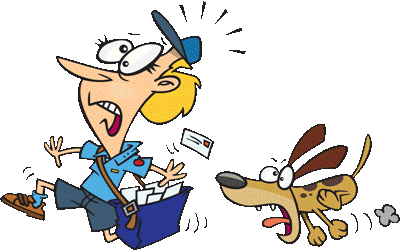Coordinating Conjunction
A coordinating conjunction connects words, phrases, or groups of words in a sentence. The words or phrases being connected should be equal or similar.
Click Here for Step-by-Step Rules, Stories and Exercises to Practice All English Tenses
For example, the word and is a coordinating conjunction.
Example sentences with "and":
- We are hungry and thirsty.
- He asked us to clean our rooms and wash the dishes.
- John works as a teacher and Beth works as a nurse.
- The mailman is running away and the dog is chasing him.

There are seven coordinating conjunctions in the English language.
An easy way to remember the coordinating conjunctions is to remember FANBOYS.
F = for
A = and
N = nor
B = but
O = or
Y = yet
S = so
Coordinating conjunctions always go between the words or phrases that they are connecting.
In the examples below, the equal parts of the sentences that are being joined are underlined. The coordinating conjunction is bold.
Examples:
I will be late to the party, for I am working until seven.
Tom likes to read and write.
Sally does not like the mountains, nor does she like the ocean.
I wanted to ride my bike, but the tire was flat.
Fred wants peas or carrots for supper.
I love chocolate, yet I do not eat chocolate ice cream.
She was late to work, so her boss made her stay after five.

Rules for using a coordinating conjunction
1. Put a comma before the coordinating conjunction when it is used to connect two independent clauses.
A clause is a group of words the contain a subject and a verb.An independent clause (or main clause) expresses a complete thought. It can stand alone as a sentence. For example, "I like apples."
(A dependent clause does not express a complete thought. It cannot stand alone as a sentence. For example, "that I saw last month.")
Examples of independent clauses:
- Tom walked the dog.
Subject = Tom
Verb = walked
"Tom walked the dog" is an independent clause.
- Tom
grabbed the mail.
Subject = Tom
Verb = grabbed
"Tom grabbed the mail" is also an independent clause.
Examples:
- Tom walked the dog, so he grabbed the mail.
OR
Tom walked the dog, and he grabbed the mail.
Here are a few more examples of coordinating conjunctions connecting independent clauses.
Incorrect: I want to go see a movie but my sister has my car.
Correct: I want to go see a movie, but my sister has my car.
Incorrect: Lisa loves cats yet she does not want one living in her house.
Correct: Lisa loves cats, yet she does not want one living in her house.

2. When using a coordinating conjunction to connect two items, do not use a comma.
In the example above with Tom and his dog, we can leave out the comma if we do not have two independent clauses. We do this by leaving out the subject in the second part of the sentence (he).Example:
- Tom walked the dog and grabbed the mail.
("Tom walked the dog" is an independent clause, but "grabbed the mail" is not.)
Incorrect: She likes apples, and bananas.
Correct: She likes apples and bananas.
Incorrect: My brother is young, but smart.
Correct: My brother is young but smart.

3. When using a coordinating conjunction with a list of items (three or more in number), the comma before the coordinating conjunction is optional.
You should put or leave out the comma before the coordinating conjunction based on the style guide you are using.Example with comma:
- She is cooking chicken, potatoes, corn, and carrot.
Example without comma:
- She is cooking chicken, potatoes, corn
and carrot.
These were the uses of the coordinating conjunction. Now do this illustrated worksheet on coordinating conjunctions.
Get Updates, Special Offers, and English Resources
Download your FREE GIFT (the first two chapters of
English Short Stories Book and Workbook)
as soon as you join!

By submitting your email, you consent to receiving updates and newsletters from us and to the sharing of your personal data with third parties for the purposes of sending you communications. We will not spam you. You can unsubscribe at any time. For more information, please see our privacy policy.
Return from Coordinating Conjunction to English Parts of Speech





